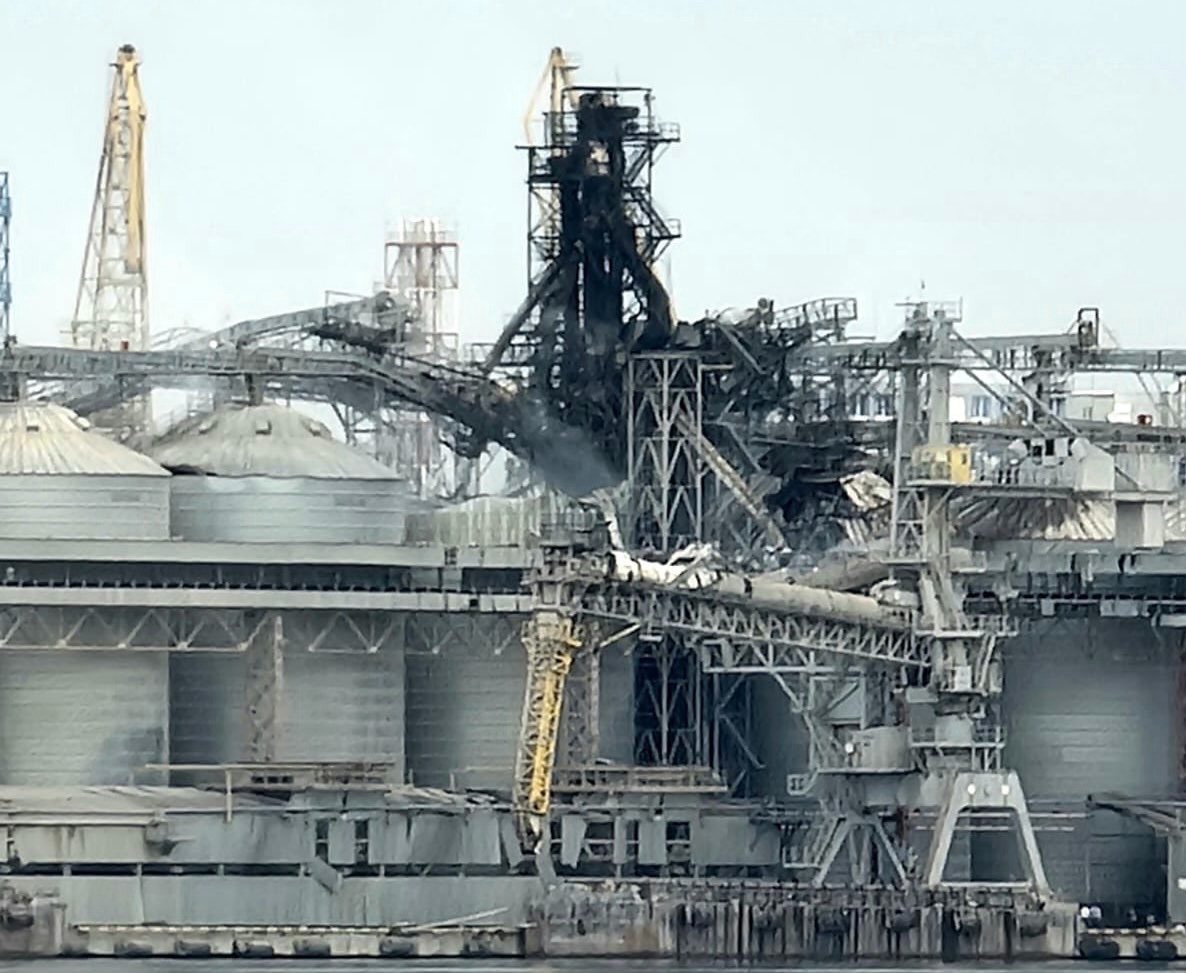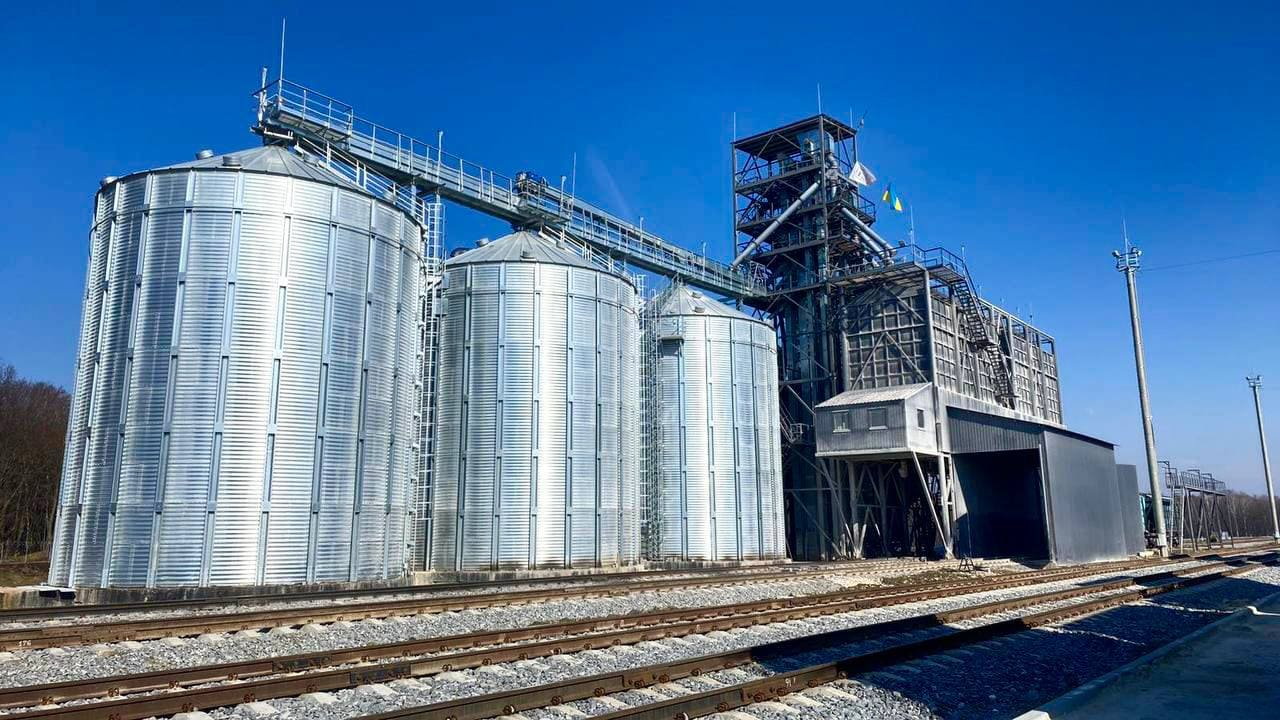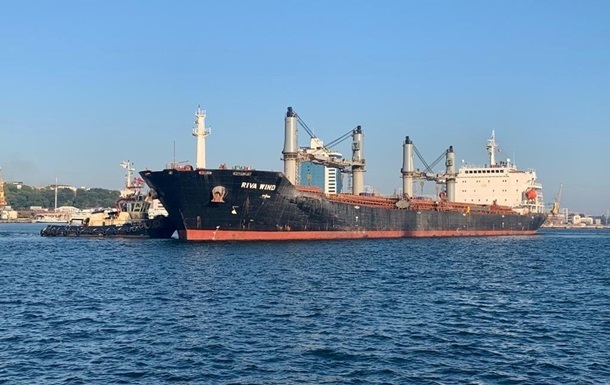On 17 July, Dmitry Peskov, the Kremlin's spokesperson, announced that Russia had suspended its participation in the Black Sea Grain Agreement, an UN-brokered deal signed in the summer of 2022 to facilitate the export of Ukrainian grain. In the following days, Russian missiles and drones rained down on Ukraine's southern cities, hitting agricultural export infrastructure and destroying 60,000 tons of grain that was waiting to be shipped, delayed by Russian impediments.
Zelenskyy swiftly proposed continuing the grain export corridor without Russia's participation. Concurrently, Ukraine's river ports and railways have increased their capacity to handle grain exports.
Black Sea corridor without Russia

In response to Russia's suspension of the Black Sea grain agreement, Zelenskyy has proposed operating the grain corridor without Russia's participation.
"Even without Russia, we need to do everything so that we can use this Black Sea corridor. We are not afraid. Companies that own ships have approached us. They have said that they are ready. If Ukraine allows it and Türkiye lets them through, everyone is ready to continue the grain supply," Zelenskyy said in an interview with African journalists.
Mykola Horbachov, the head of the Ukrainian Grain Association, considers the independent operation of the grain corridor as a realistic option, as long as the Ukrainian Armed Forces can mitigate security risks posed by potential Russian attacks on ships, Ukrainian seaports, and the threat of mines.
Artem Volkov, head of maritime law at "ANK," asserts that while Russia attacking foreign ships with missiles is unlikely, they may target docked ships at terminals or create mine threats, as evidenced by recent damaging attacks
on Odesa and Mykolayiv.
"Insurers will be weighing these risks," Volkov adds, "Much will depend on Türkiye and other countries, including Bulgaria and Romania, who are NATO members and can, for various reasons, ensure the safety of this grain corridor."
However, experts believe that Bulgaria and Romania are not interested in participating in this initiative, and the focus should be on Türkiye.
Maintaining diplomatic relations with Russia, Türkiye is one of the largest beneficiaries of the "grain initiative," receiving port dues from the passage of ships through the Bosporus.
On its part, the Ukrainian government has set up a guarantee fund of 547 million dollars to compensate shipowners for damages incurred while operating within Ukraine’s territorial waters. Given that a ship costs between 10 and 20 million dollars, as Volkov points out, this fund should be sufficient to cover the cost of 25 to 30 ships in case of their destruction. However, according to other estimates, the fund may only suffice for about 20 destroyed vessels.

Ivan Kyrychevskyi, a Defense Express expert, believes that ensuring even partial security of vessels requires not only strengthening anti-aircraft defense but also establishing certain ports as exclusively grain-based, under UN approval. He suggests the introduction of monitoring groups in these ports, involving the UN and Türkiye.
Kyrychevskyi also thinks that the most effective way to protect maritime communications would be air coverage by NATO forces
, though this could be challenging to implement.
Besides, countries can secure ship routes close to the shore and send minesweeper escorts for the vessels.
Land-based grain export
Ukrainian Railway company Ukrzaliznytsia recently took steps to facilitate more land-based export of Ukrainian grain, opening a company in Poland and planning to do the same in Slovakia and Hungary. The goal is to transport more grain to Baltic Sea ports in Poland and Lithuania, as well as Spanish ports.
According to Liga.net journalists Andriy Zaika and Sergii Golovnov, key to this approach is the establishment of "dry ports" – transshipment points at the border – two of which have been set up in Ukraine's north-western Volyn Oblast. These are expected to facilitate the export of three million tonnes of grain annually.

Spain received 4.6 million tonnes of Ukrainian grain last year, constituting a quarter of its total grain imports. This grain was delivered not only by trucks but also via rail containers, using a railway train formed by Spanish operator Renfe Mercancías, which runs from Barcelona to Chełm, Poland via Duisburg, Germany.
Oleh Nivyevskyi, who founded the Agrocenter at the Kyiv School of Economics, postulates that without the "grain agreement," there may be increased investment in alternative export channels
. Previously, the presence of a sea export option had somewhat curbed investment in rail transportation. Now, market players must intensify efforts to secure alternative routes for export.
Danube ports
Ukrainian firms have amplified grain transshipment through Danube ports since the previous year. As a result, the port of Constanta in Romania increased its grain transshipment revenue by a third (and that is why it does not make financial sense for Romania to invest in the Black Sea grain corridor that bypasses its port).

Interestingly, in May of this year, for the first time since August, Danube ports exported more Ukrainian grain than seaports.
The ports along the Danube are currently exporting more than 2 million tons per month, and this could potentially increase to 3 million tons. To put it in perspective, the railways can carry over 1 million tons of grain each month, while trucks can manage over 600,000 tons.
Dana Hordiychuk, a journalist for Ekonomichna Pravda, provides an example using the Greek-flagged ship, KYDONIA. Recently, this ship departed from the Chornomorsk port, carrying approximately 76,000 tons of corn intended for China. Simultaneously, the Blue Gate ship, another type of vessel, left the Reni port loaded with a record cargo of 15,000 tons. That is one seafaring vessel is equivalent to five riverine vessels in terms of cargo capacity.
Hordiychuk further asserts that maritime transport is the most cost-effective method because it allows for a decrease in logistics costs due to the large export volumes. Even with delays experienced in queues at the Bosphorus strait, seafaring transportation remains significantly less expensive than using Danube ports, not to mention overland transportation or railroads.
Additionally, constraints on the operations of Ukraine's seaports have led to an under-export of 25 million tons of products. This inability to realize potential profits from exports has a negative impact on the agricultural sector as it equates to insufficient funds for essentials such as fertilizers, seeds, equipment, and labor costs in the forthcoming season. Without access to sea routes, farmers will find themselves with even less capital. The higher the logistics costs, the lesser the profits for farmers, Hordiychuk asserts. As per Nivyevskyi, the upcoming marketing year might turn out to be more challenging than the current one.
Related:
- Russian missiles destroyed 60,000 tons of food that waited for shipping to China from Odesa
- Betrayal in the fields: EU ban on Ukrainian food imports violates treaties, strikes wartime economy
- Police broke up Polish farmers’ blockade of Ukrainian grain
- The Bystre Canal across the Danube: ‘mosquito’ tactics in Ukraine’s grain shipping
- Kremlin’s food terrorism, explained: How Russia weaponizes famine, again





